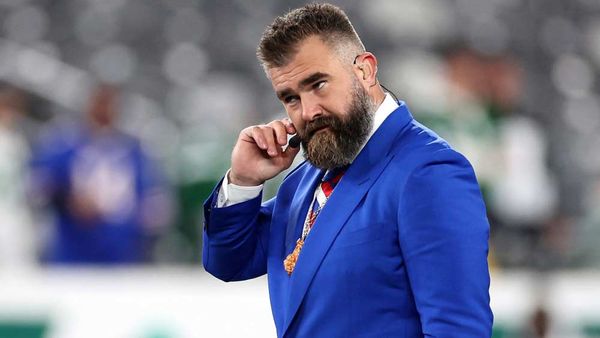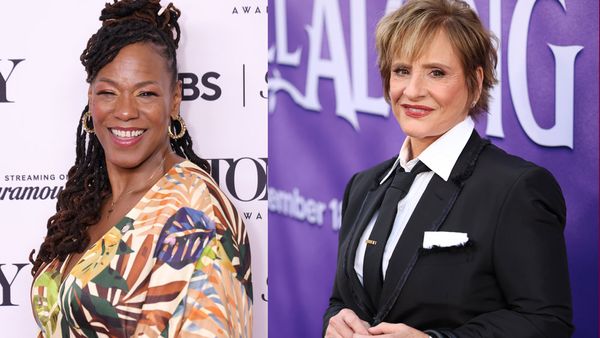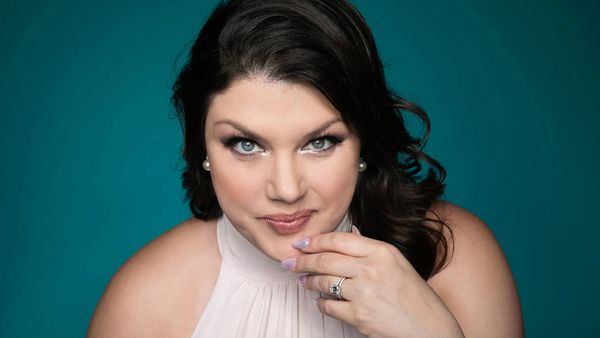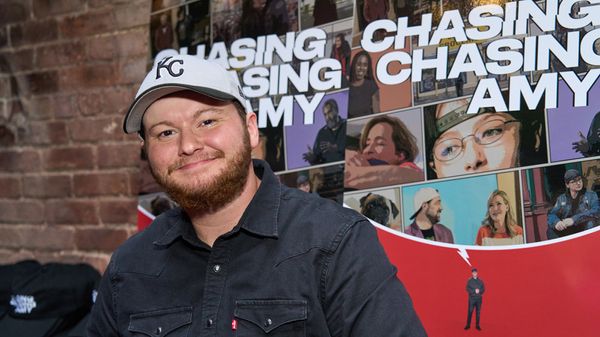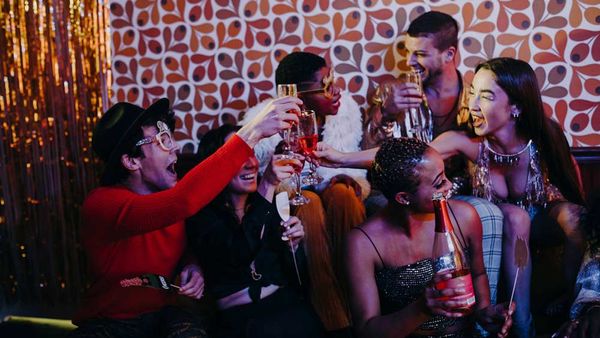
January 22, 2017
There's More to Cary Leibowitz Than Just Candyass
Sura Wood READ TIME: 4 MIN.
Cary Leibowitz was a precocious kid. Growing up middle-class, Jewish and gay in suburban Connecticut in the 1960s, the New York-based artist penned essays in the first grade declaring his admiration for Frank Lloyd Wright, and had a subscription to Architectural Digest by the time he was 10.
At 13, his dreams of grandeur took the form of what he calls "total gay-boy art," drawings of fictionalized All-American suburban neighborhoods, and fantasies of swanning through elegant rooms designed by interior decorator maven Pauline de Rothschild.
He went on to study architecture at Pratt, switched to painting, and by 1987, adopted the moniker "Candyass" because, as he once told art critic Holland Cotter, "It sounded like a Jewish accountant and a rap singer working together." Droll humor, self-deprecation, a bundle of insecurities and stand-up comedy shtick characterize his work, as do self-loathing, Jewish neuroses and a queer sensibility that's difficult to define. All these elements coalesce in an outsider who never felt like the cool guy and still doesn't, a state of affairs that has had its advantages.
While it's true he has made a name for himself playing the loser card, in "real life" he's a success, with a full-time job at the Phillips Auction House in New York, a recent marriage to his partner of 16 years, and a country house designed by his hero, architect Robert Venturi. "It's all so grown-up," reflects Leibowitz, who now, at the age of 53, has landed his first-ever solo museum exhibition.
The show, which opens at the Contemporary Jewish Museum next week, includes over 350 artworks from 1987 onward: Paintings, prints, installations and mass-produced multiples that tilt toward camp and kitsch, and text-based works that make plaintive pleas for reassurance ("Do these pants make me look Jewish?"), profess love for artists from Michelangelo and Keith Haring to Andy Warhol, and traffic in testaments to arrested development that just won't quit, like the hand-scrawled open letter that asks the recipient to check one of the following boxes: "You love me too; you are in-like with me; you need more time; you wish you never met me." Hey, whether we're 6 or 60, we could all do with a little more clarification, right?
In town to oversee the exhibition's installation, Leibowitz took some time out to talk. Here are edited excerpts from that conversation.
Sura Wood: For 30 years you've studiously avoided having a museum show. How come, and why now?
Cary Leibowitz: I wish it was as glamorous as that. I hadn't really been invited, so it's not like I had the option to avoid it. I've been very jealous of other people having shows. I also think maybe I wasn't quite in synch with the times, but now my stuff has a bit of a nostalgic patina. I think being perpetually out-of-step has been a lucky thing.
What's it like putting together three decades of work?
It's a bit nerve-wracking. At one point I realized the packing tape on the storage boxes was older than the friend helping me organize them. I have to say, after looking at some of the old stuff, I think I haven't really pushed myself enough.
You've said that early on, you were very focused on yourself. I'm thinking of that piece that says, "I'm torn between you, me and my ego." Do you look outward more?
It depends on whether it's a good day or a bad day. Sometimes the work is still pretty personal in the first-person sort of way. I've never liked pointing the finger at anyone or making anyone feel guilty or responsible. There's part of me that's always afraid to make a scene or be impolite.
Are you following in the footsteps of Woody Allen in making inadequacy an art-form?
Probably. I love all his movies, and I do come from that same sort of mindset. I don't think of myself as a loser in a slacker sort of way. It's a more Woody Allen kind of thing.
Do you ever feel marginalized by being labeled a gay artist?
I don't feel marginalized, but I do feel somewhat guilty because I don't feel like I've ever been a strong advocate of pushing political agendas. Even in my art, there's nothing earth-shattering.
When you were 11, what prompted you to write Liberace and request an autographed headshot?
I don't really know why, but around the same time I wrote to him, I also wrote to Liza Minnelli, these people who are now so associated with gay culture. When I got to college and had gay friends, the Liberace photo was my pedigree paper.
Has the Candyass persona provided you with insulation from criticism, like hiding behind a mask?
A little of that, and, in a good way, it's like wearing a favorite garment. It helps me stay strong. I use it as a crutch, not as a persona. Years ago, sitting around with friends, we shared what we were called as sissy kids growing up. One friend said he had been called a candyass. He made me a red-ink rubber candyass stamp, and I started using it as a signature, a Dada-ism. When I began showing my work, people really noticed it, and I went with it.
The country has just elected a president who campaigned against political correctness. Where are you in this debate?
Most political correctness is just moral correctness and should be there. That phrase is an excuse for people to not accept there are a lot of different types of people out there, or that certain things, which might seem funny, really aren't. I'm not a religious person, but I do feel that we should all be humanitarians.
"Cary Leibowitz: Museum Show," through Jan. 26 at The Contemporary Jewish Museum, San Francisco

